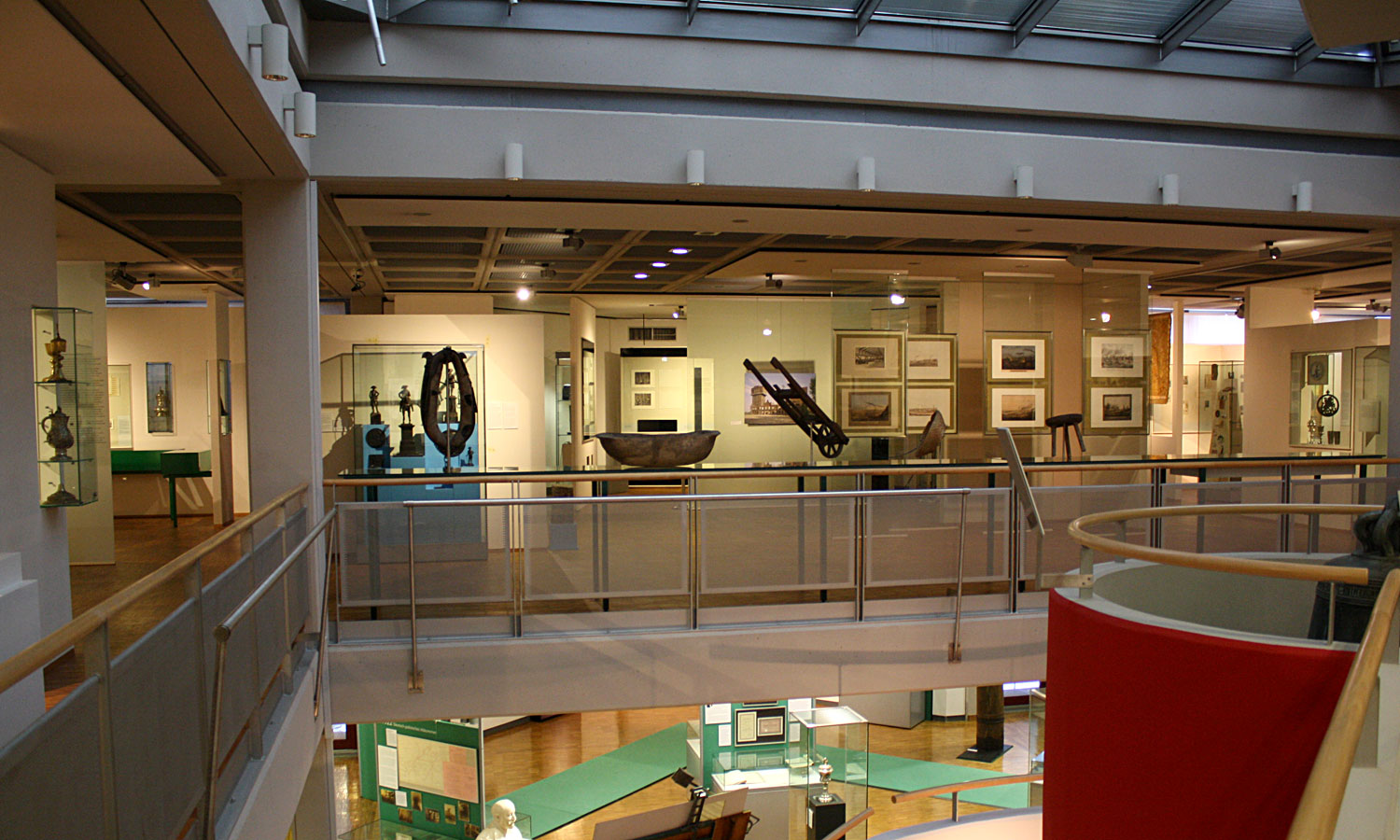
Permanent Exhibition
 The permanent exhibition focuses on culture and history of Upper-Silesia. The three main topics are:
The permanent exhibition focuses on culture and history of Upper-Silesia. The three main topics are:
„Upper-Silesia before Industrialization“
„Upper-Silesia and Industry“
„Upper-Silesia in the 20th Century Politics“
The first part of the exhibition is about culture and history of Upper-Silesia before industrialisation. The central point is the German legal settlement since the 13th century which influenced towns as well as rural areas. It was authorized by the Silesian Piasts, a collateral branch of the Polish royal dynasty. Later they allied with the kingdom of Bohemia. As a result, Upper-Silesia became a member of the Holy Roman Empire of German Nation since the middle of 14th century. The House of Habsburg inherited Bohemia. In the 18th century, the Prussian king Friedrich II conquered the largest part of Silesia. Only a small part of Upper-Silesia stayed in possession of Austria.
The second part of the permanent exhibition deals with industrial history of Upper-Silesia, especially with mining as well as extractive metallurgy and metal working. In this context parallels may be drawn to the Ruhr area. The most important industrial managers are introduced – at first the aristocracy as a special characteristic of Upper-Silesian industry – then the Prussian state, civil entrepreneurs and increasingly stock corporations. Historical industrial pictures show how mining and industry developed and how they were perceived. The importance of the railway as a means of transport to the markets and as employer for the industry becomes apparent. Agriculture and its connection to the industry are also depicted followed by impressions of the field of work with links to social problems. Every day life in the Upper Silesian industrial area is represented by typical objects, giving an insight in the deep sense of peoples’ devoutness, as well as topics like family life, school, clubs and sociability.
The third section of the permanent exhibition is about Upper-Silesia caught between the international politics: as a bone of contention between Germany and Poland, as a scene of the German invasion in Poland and the unleashing of World War II and as a place of Nazi crimes in Auschwitz. During that time, the province of Upper Silesia was extended by annexation. The disaster of National Socialism ultimately resulted in flight, expulsion and evacuation of many inhabitants. Personal documents give an insight into historical events and their influence on peoples’ fates. The exhibition ends with a forecast, hopefully expecting a peaceful co-existence of Poles and Germans, who remained in Upper-Silesia as a visible sign of Europe’s coming together.
The new basement exhibition is related in detail to the history of mining in Upper Silesia. The visitor can see a recreated mining tunnel section with a coal wagon, a rail section, as well as exhibits illustrative of the mining, the daily routine and miners’ culture and customs in Upper Silesia.
Worth mentioning are also beautiful examples of typical Upper Silesia coal carvings. The „black gold“ is compared to the „white gold“. These are important objects from the museum’s faience and porcelain collection. The production of faience, which is distinguished by its dark shards of pottery from the white porcelain, is conveyed descriptively. There are also objects from the Krister porcelain manufactory in Waldenburg, the Königszelt porcelain factory as well as use and luxury items made in the Tillowitz porcelain manufactory.
The permanent exhibition allows systematic and comparative access – for example in the museum’s pedagogic program – with topics like „migration“, „home“, „ethnic cleansing“, „foreigners“ and „comparative industrial history“.

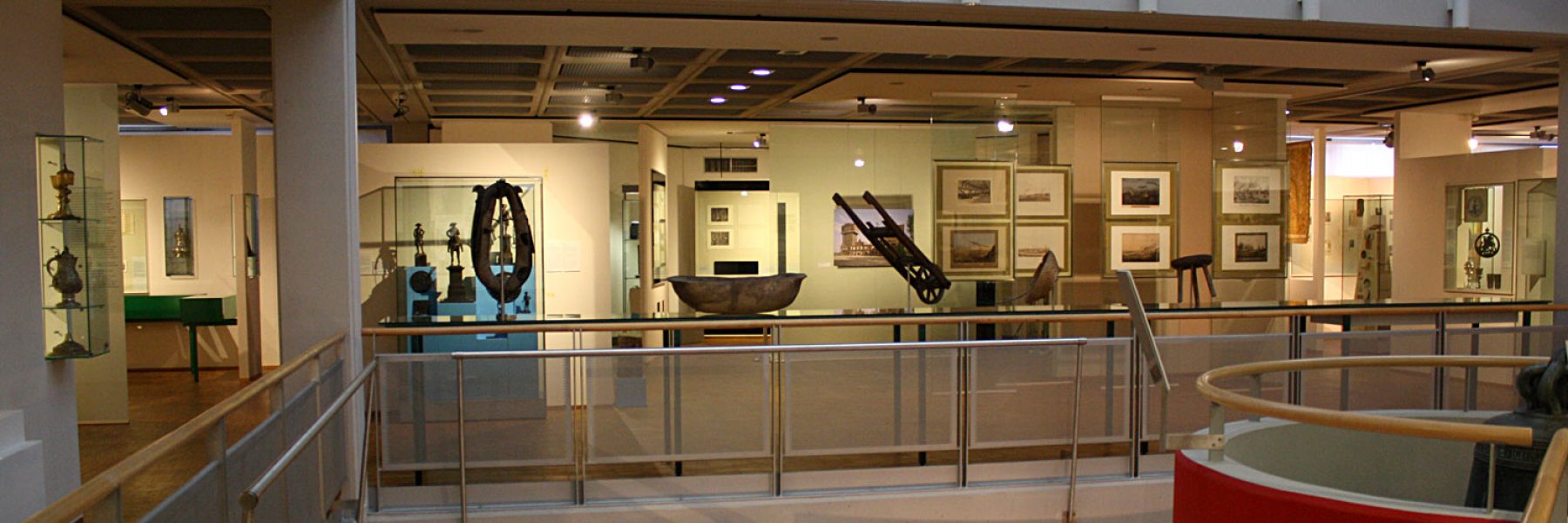

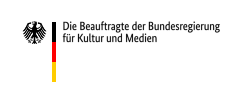
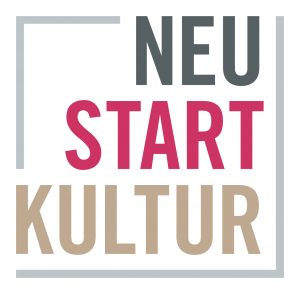
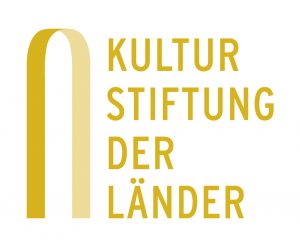




No Comments